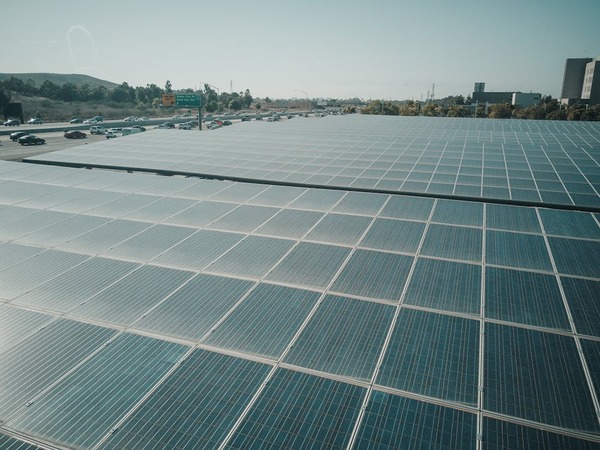Lightsource bp has purchased a 15-megawatt peak (MWp) solar project in Hokkaido. This marks the company’s first project in Japan. The acquisition expands its presence in the Asia Pacific region, where it already operates in Australia, New Zealand, Taiwan, and South Korea.
Adam Pegg, Chief Operating Officer for APAC at Lightsource bp, stated that “the company plans to combine its international experience with local partnerships to contribute to Japan’s renewable energy sector.” Lightsource bp has a global solar development pipeline of over 58 gigawatts (GW), with nearly 8 GW located in the Asia Pacific region.
Japan has been increasing its renewable energy capacity in recent years. As of 2023, the country had an installed renewable energy capacity of approximately 151 gigawatts (GW). Solar power is the largest contributor, with an installed capacity of around 78 GW. Wind energy follows, with about 5 GW, including both onshore and offshore projects. Hydropower remains a stable energy source, providing around 50 GW of capacity. Biomass contributes approximately 6 GW, while geothermal energy has an installed capacity of about 0.6 GW.
Japan has also been exploring floating solar farms to maximize land use. These solar panels, installed on reservoirs and lakes, help reduce water evaporation and maintain panel efficiency by keeping temperatures lower than ground-mounted systems.
Wind energy projects are expanding, particularly offshore. The government has identified areas off the coasts of Akita and Chiba prefectures for offshore wind development. Floating wind turbine technology is also being tested in deeper waters. By 2040, Japan aims to have between 30 GW and 45 GW of offshore wind power installed.
Biomass energy plays a role in Japan’s renewable energy mix. Power plants using wood pellets, agricultural waste, and other biomass sources contribute to electricity generation. There are also research projects on producing hydrogen from renewable sources, using surplus solar and wind power to generate hydrogen through electrolysis.

